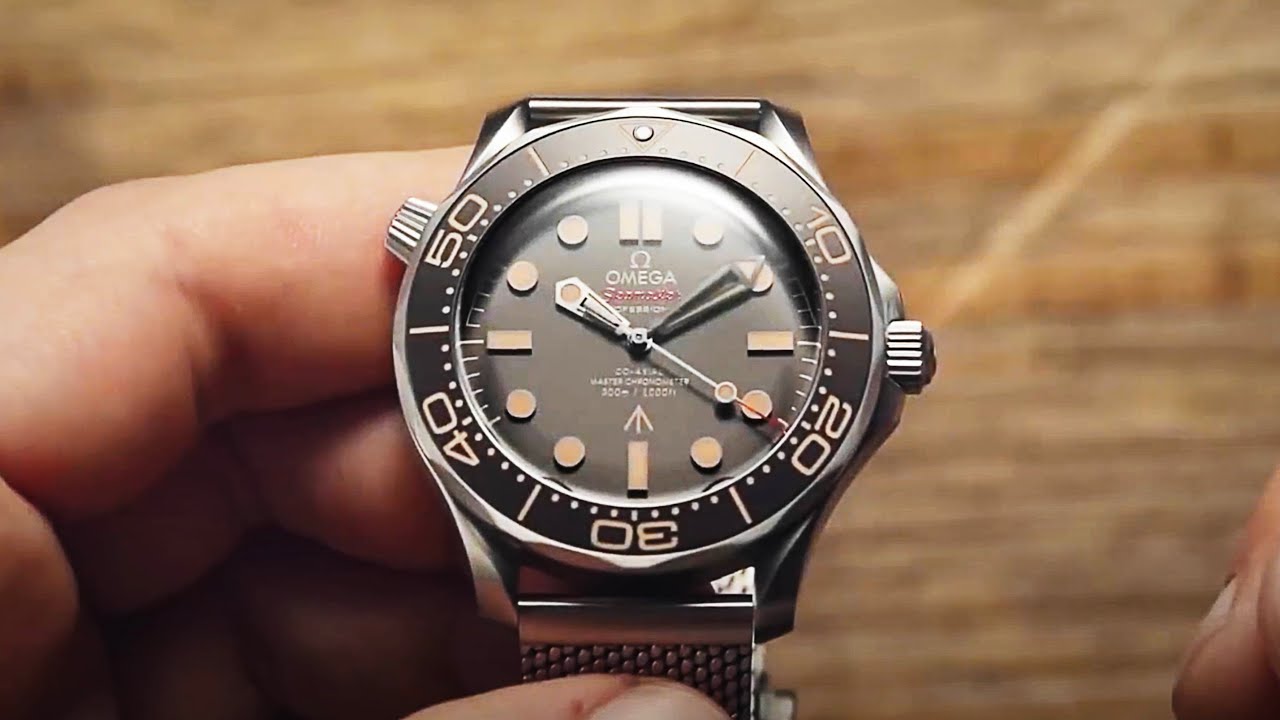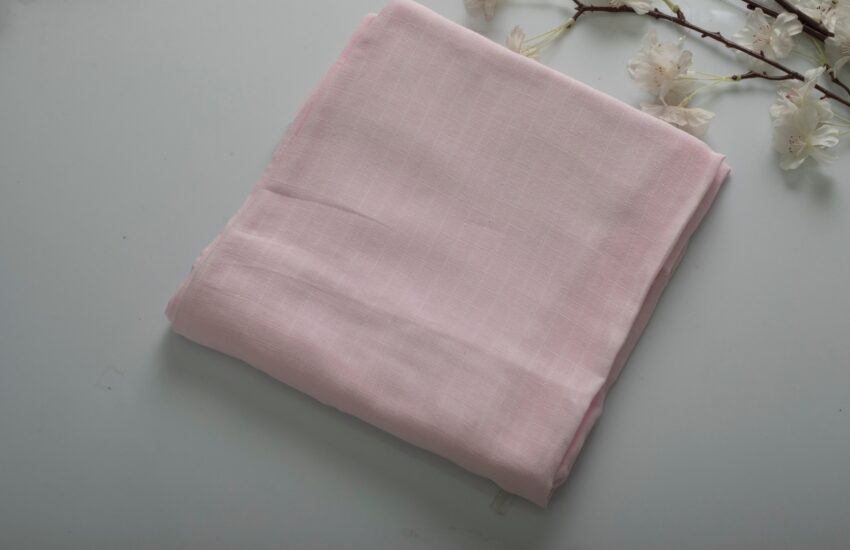Do Watches Lose Value If Worn?
It’s a well-known fact that watches are a great investment, but many people wonder if they depreciate in value over time when worn.
The answer isn’t always clear, but there are a few things that can affect how much a watch retains its value over time. These include brand recognition, movement, and warranty.
1. Brand Recognition
A company’s brand identity is made up of a variety of elements, including the name, logo, and colors. These visual clues help customers recognize a brand and identify it with products or services they’re familiar with.
A brand can also be recognized through an audio cue, such as a jingle or theme song. When people hear a particular jingle, they’ll be more likely to remember that jingle and buy a product with that jingle.
If a watch is worn or endorsed by a celebrity, this could also increase the value of the watch. This is especially true if the celebrity has a high level of credibility in their field. For example, Steve McQueen wore a Rolex Submariner in the 1971 film ‘Le Mans’ which caused these watches to surge in value.
Strong brand recognition is important for watches, as it ensures that they’re a part of a stable, well-established business. This means that they will not lose their value if the business fails or shuts down. It also means that they will still be able to sell them at a higher price than other brands in their category, which can make them more attractive to buyers.
In order to build up brand recognition, it’s important to conduct market research to identify the best visual and audio elements for your audience. Taking time to think about your target audience, how you speak to them, what you stand for, and why you exist is crucial.
Once you’ve established that the right visual and audio assets are in place, you can continue to monitor them and tweak your brand strategy accordingly. This includes tracking growth directly, referral traffic, backlinks, and social media mentions to see if your brand recognition is on the rise.
It’s also vital to keep on top of industry trends and emerging social patterns. This will allow you to keep a finger on the pulse of your customers and respond to any shifts in their interests or needs.
Brand recognition is a critical element of building a lasting relationship with your customers. It’s about making your brand a part of their daily lives, speaking to them in language that resonates, and building trust that will eventually lead to customer loyalty.
2. Mechanical Movements
A watch’s movement is what powers the hands of a timepiece, and it is also responsible for powering any other complication (a fancy term for a feature that is not time-related). It’s worth learning about how they work, especially if you’re considering buying a high-end watch.
If you’re a watch aficionado, you may want to invest in a mechanical movement instead of a quartz one. This type of watch requires regular maintenance and can be more expensive than a quartz timepiece, but it is well worth the investment for anyone who appreciates the fine craftsmanship that goes into these watches.
The movement is a complex series of gears and springs that work together to keep the hands of your watch moving. There are two main types of movements: hand-wound (also known as manual movements) and self-wound (also called automatic movements).
In both cases, a winding wheel and rotor are used to activate the mainspring, which is responsible for providing energy to the watch. Unlike quartz movements, the spring is wound manually, so it is important to remember to wind your watch regularly, or the mainspring will run down and cause the watch to stop working.
Another advantage of a mechanical movement is that it is more accurate than a quartz movement. It is also more resistant to damage and can last for longer if properly maintained.
Some watchmakers even offer a limited-time warranty on their mechanical movements, so you can get your watch serviced for a discounted price. This can be a good idea if you’re interested in investing in a watch with a long lifespan, as it will save you money in the long run.
It is essential to understand the difference between a quartz and a mechanical watch movement so that you can choose the best one for your needs and lifestyle. A quartz watch is generally preferred by most people because it requires little to no maintenance and has few moving parts that can wear down over time.
While a quartz watch can be worn daily, it is advisable to give the watch a regular wind. It is also important to take the watch off if you’re not wearing it, as this can put extra pressure on the movement and cause wear and tear.
3. Warranty
Most watches have a warranty that protects them from defects. This is a guarantee that the manufacturer will repair the watch for free or replace it at no cost if something goes wrong with it. Most warranties are for two years or less, but some brands offer a longer one.
The first thing you should do if you want to keep your watch in good shape is to service it regularly. This can extend the life of the watch and increase its value. A complete service includes taking the watch apart, cleaning it, and replacing any parts that show signs of wear and tear. The movement is then reassembled and tested for accuracy.
Typically, the service is performed by an authorized dealer or a specialized service center. Depending on the type of watch, the repair could involve replacing the movement and/or gaskets that seal it against water.
If you decide to have the watch serviced, be sure to keep track of your receipts. This can help you determine if you should take it back to the store where you bought it or ask for a refund.
Most manufacturers require that you fill out the warranty card or document at the time of purchase. Many retailers also offer an online warranty registration process for a small fee.
Another important part of the warranty is the pro rata formula. This means that if you buy a new watch and it comes with a warranty, the initial full coverage will be followed by a partial credit or refund during the life of the warranty.
It is also important to know what parts of the watch are covered by the warranty, and what is not. Generally, the case, straps, bracelet and crystal are not covered by most manufacturer’s warranties.
The warranty should be accompanied by directions for use and maintenance, which are intended to provide you with information about caring for your watch. Failure to follow these instructions can void the warranty and may result in damage to your watch.
The federal law governing consumer product warranties, the Magnuson-Moss Warranty Act, has specific rules that govern warranties. In addition, the Federal Trade Commission has published Guides that provide guidance on how to avoid unfairness or deception in warranties in advertising. The Guides can be obtained at the FTC’s Consumer Response Center.
4. Appearance
Appearance is a big deal in the watch world, particularly for high-end timepieces. It refers to the visual characteristics of an object that are more or less visible to the human eye, and may be reflected or augmented by the surrounding environment or other people. In the case of watches, appearance is an important consideration when it comes to brand recognition and a company’s overall reputation.
Aside from price, there are a number of factors that determine a watch’s resale value, including its adequacy and condition. While a new luxury watch will likely retain most of its value, many preowned versions will depreciate significantly over the course of a year or so.
In short, the best way to determine how much a particular watch is worth is to compare it with similar models in the same condition from other customers and at comparable prices. One of the most effective ways to achieve this is by evaluating the quality of the materials used in construction and how well the device is protected from scratches, scrapes, and other damage. This will not only ensure a more enjoyable ownership experience, but it will also increase the likelihood that your watch will retain its value over time.


